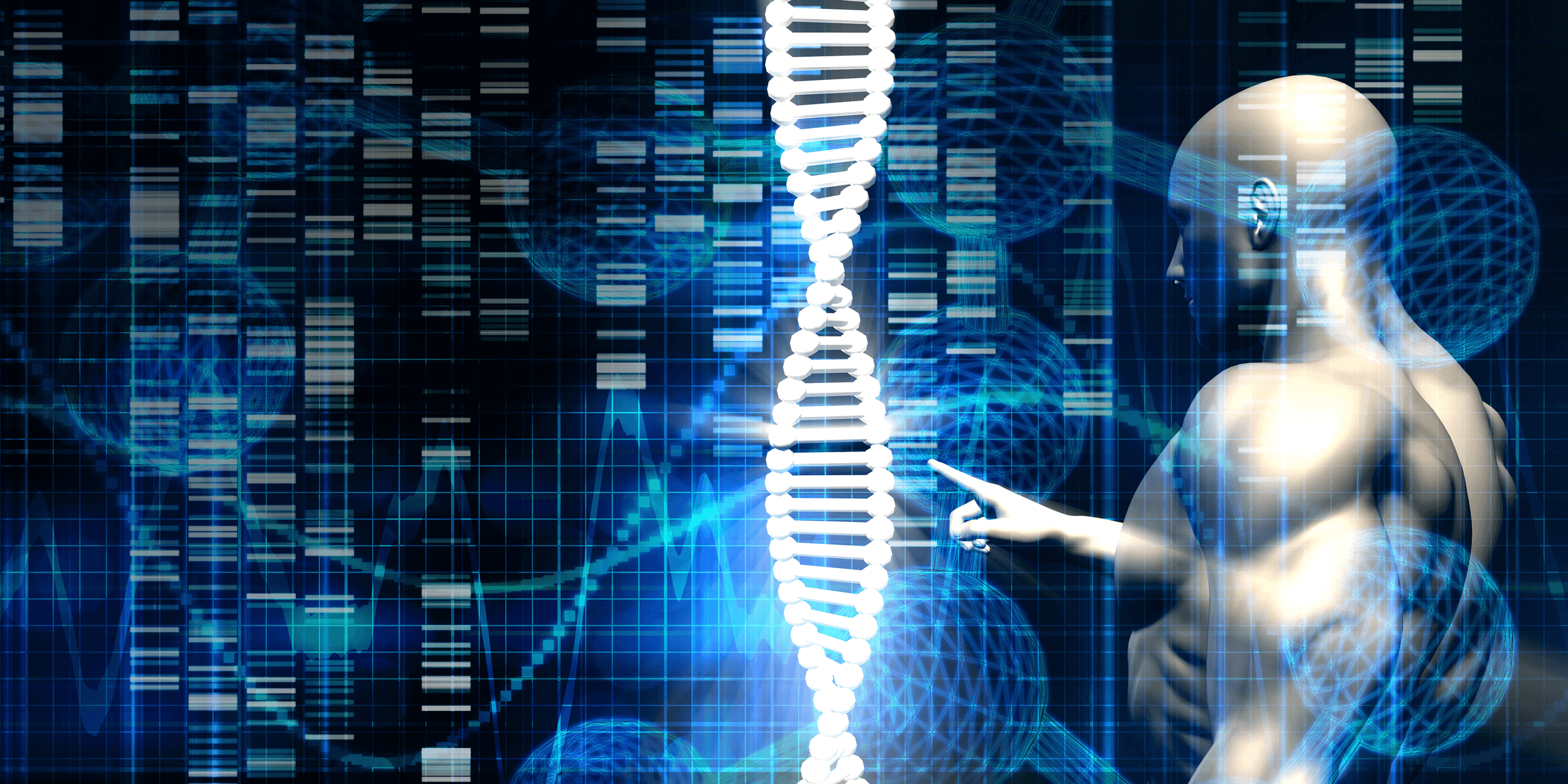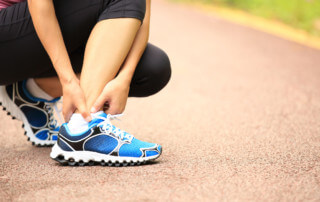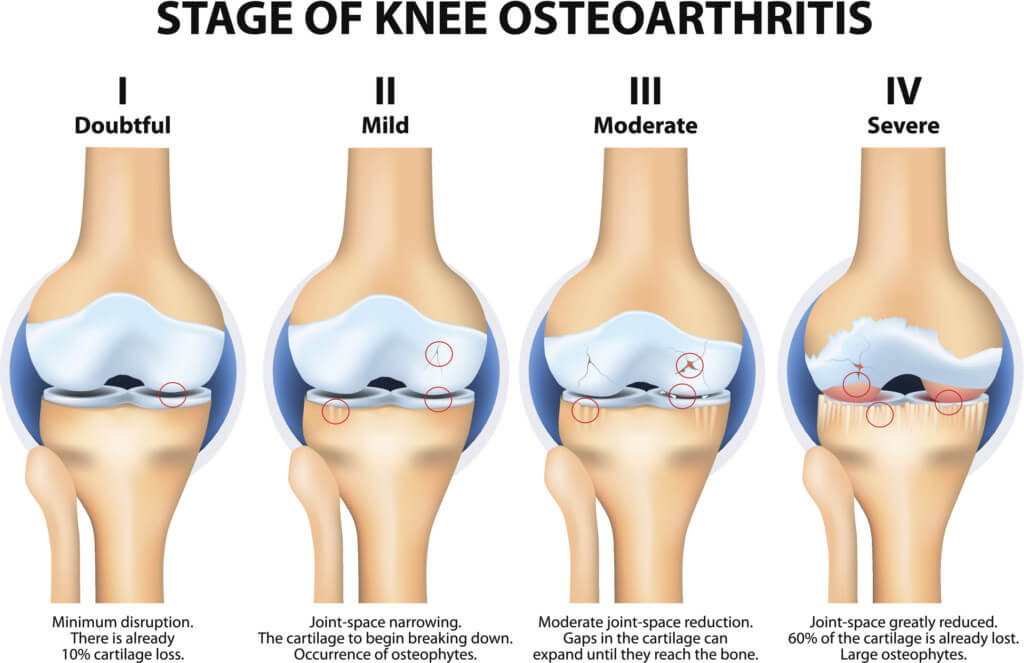Regenerative Products
Blood contains platelets, which are cells most known for their role in blood clotting after an injury. However, platelets also contain hundreds of proteins called growth factors which are paramount for healing injuries.
PRP is a therapy in which platelets (and thus their growth factors) are highly concentrated down from the patient’s own blood sample. This concentration of platelets is several times higher than a normal blood sample. is plasma with many more platelets than what is typically found in blood.
PRP is created from blood drawn from the patient. The platelets are then separated from the other blood components and concentrated in a specialized collection cup in a centrifuge. This increased concentration of platelets is then re-combined with the remaining blood sample and injected into the injury site (knee, shoulder, etc.). The growth factors derived from these blood samples are thought to promote tissue repair. Joint injuries respond quite well to PRP treatment.
PRP Frequently Asked Questions
The goal of PRP therapy is to resolve pain through complete healing, thus providing lasting results. Initial improvement may be seen within a few weeks, gradually increasing as the healing progresses. Research studies and clinical practice have shown PRP therapy to be very effective at relieving pain and returning patients to their normal lives. Both ultrasound and MRI images have shown definitive tissue repair after PRP therapy, confirming the healing process. The need for surgery can also be greatly reduced by treating injured tissues before the damage progresses and the condition is irreversible.
This will be discussed with Dr. Strauchman. The typical protocol is up to 3 injections may be given over a 6-month period. However, a many people gain considerable or complete relief after the first or second injection.
The procedure typically takes 1-2 hours, which includes preparation and recovery time. Performed safely in a medical office, PRP therapy relieves pain without the risks of surgery, general anesthesia, or hospital stays and without a prolonged recovery. In fact, most people return to their jobs or usual activities right after the procedure.
Research studies are currently being conducted to evaluate the effectiveness of PRP treatment. At this time, the results of these studies are inconclusive because the effectiveness of PRP therapy can vary. Factors that can influence the effectiveness of PRP treatment include:
- The area of the body being treated
- The overall health of the patient
- Whether the injury is acute (such as from a fall) or chronic (an injury developing over time)
Here is a list of various conditions for which PRP has bene studies:
Repetitive Motion/Tendon Injuries
(Jumper’s knee, tennis elbow, Achilles tendinopathy/tear, rotator cuff tendinopathy/tears)
Knee Osteoarthritis
(Bone on bone, chronic swelling, etc.)









